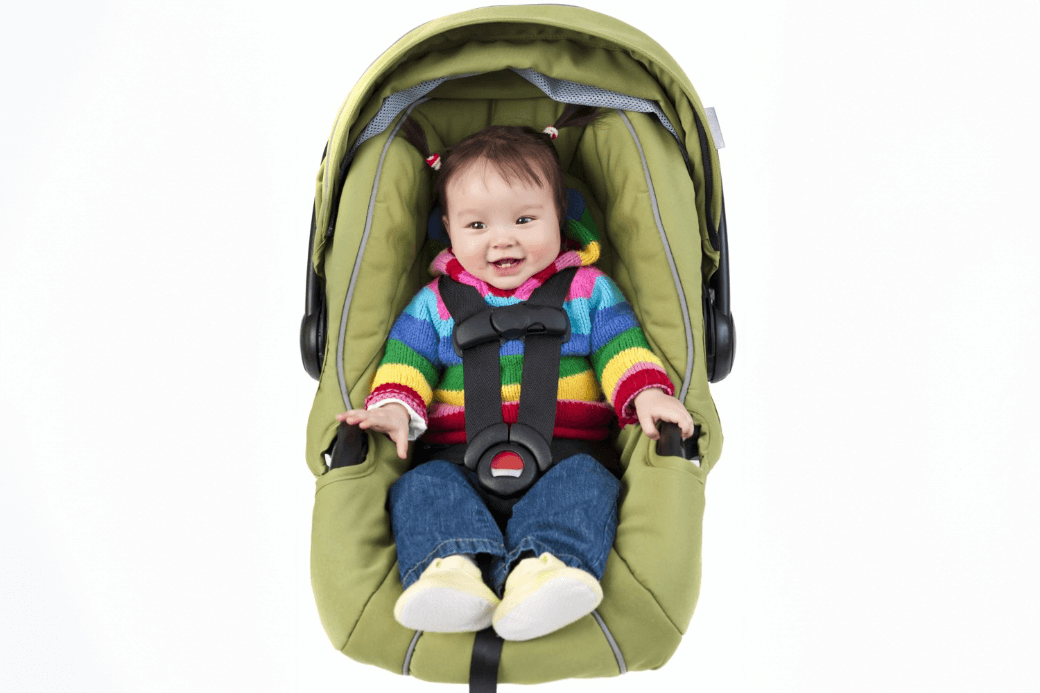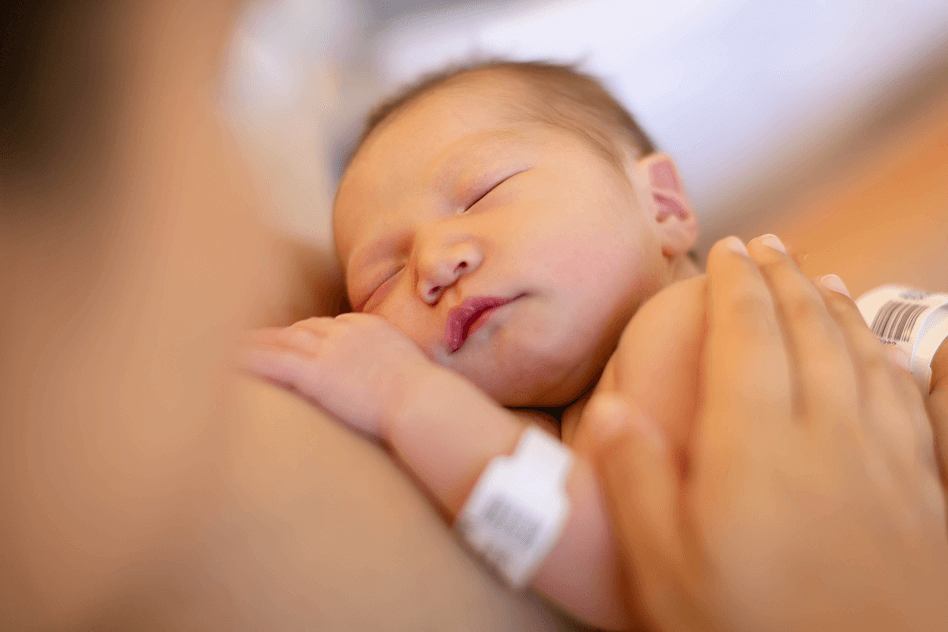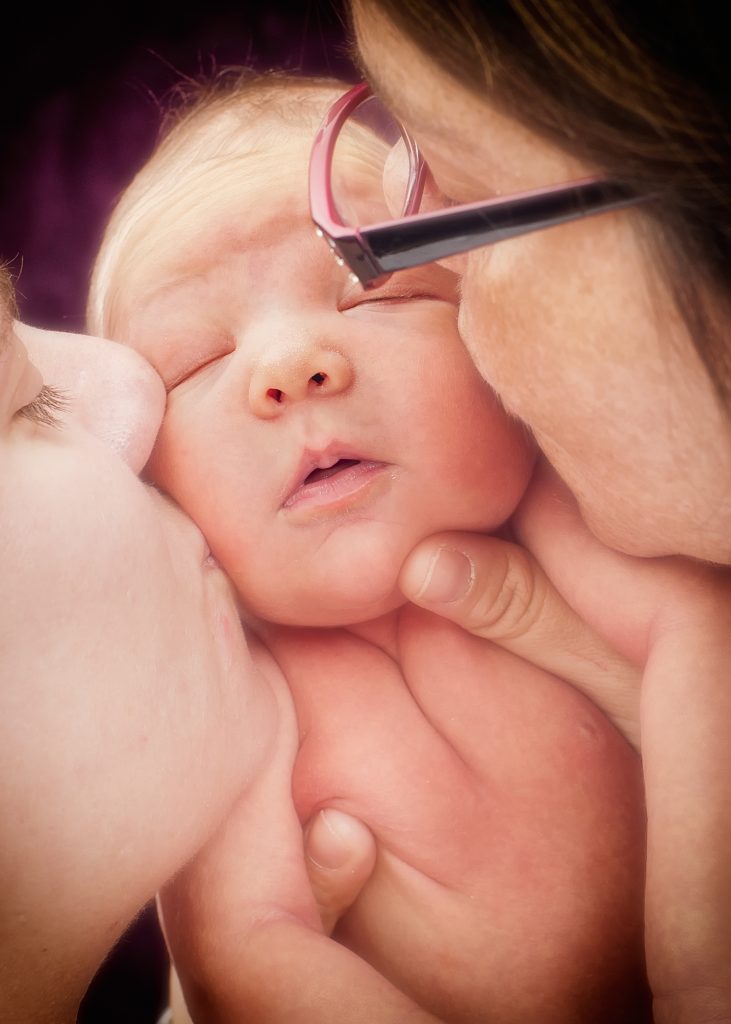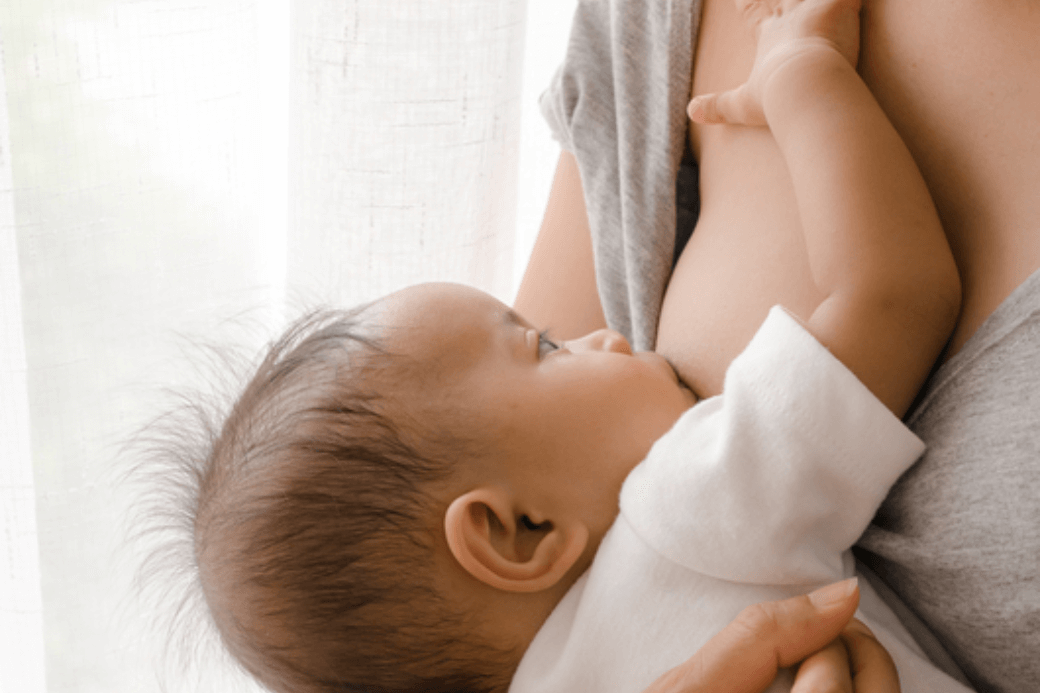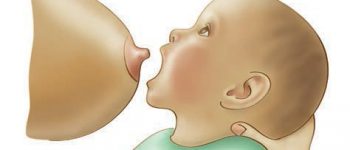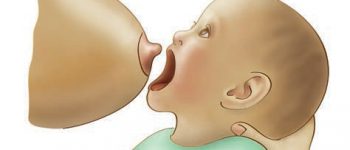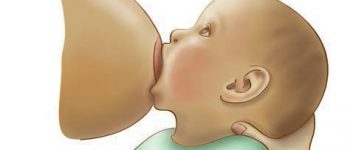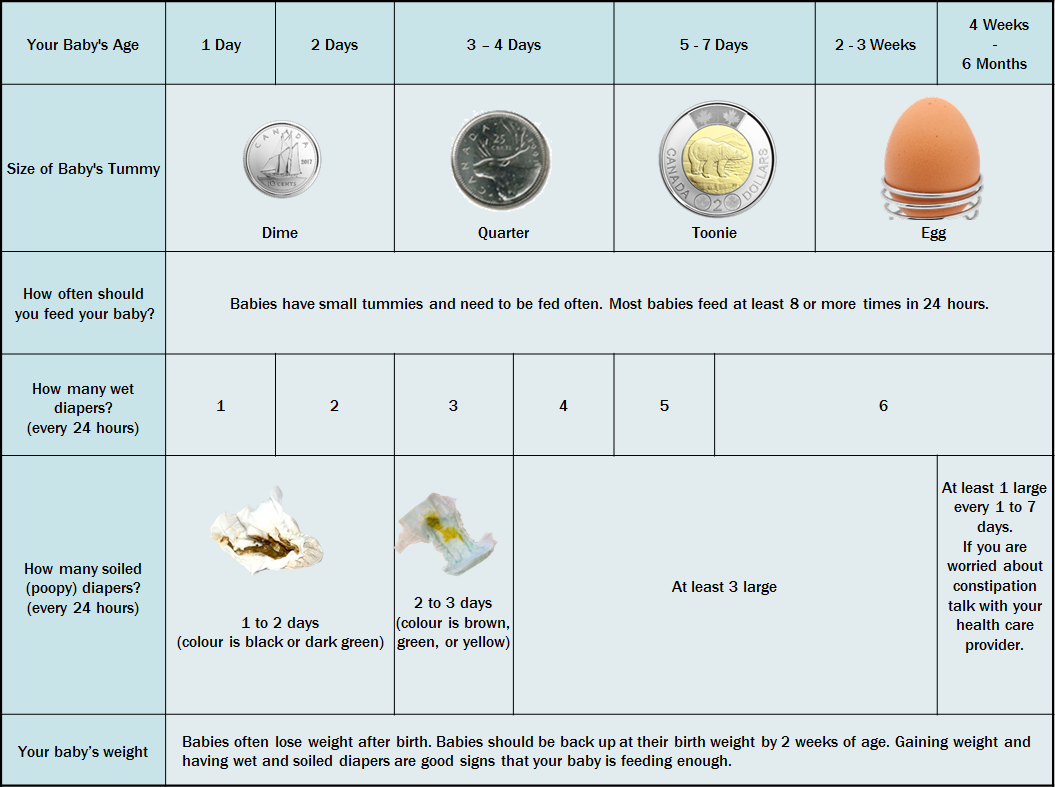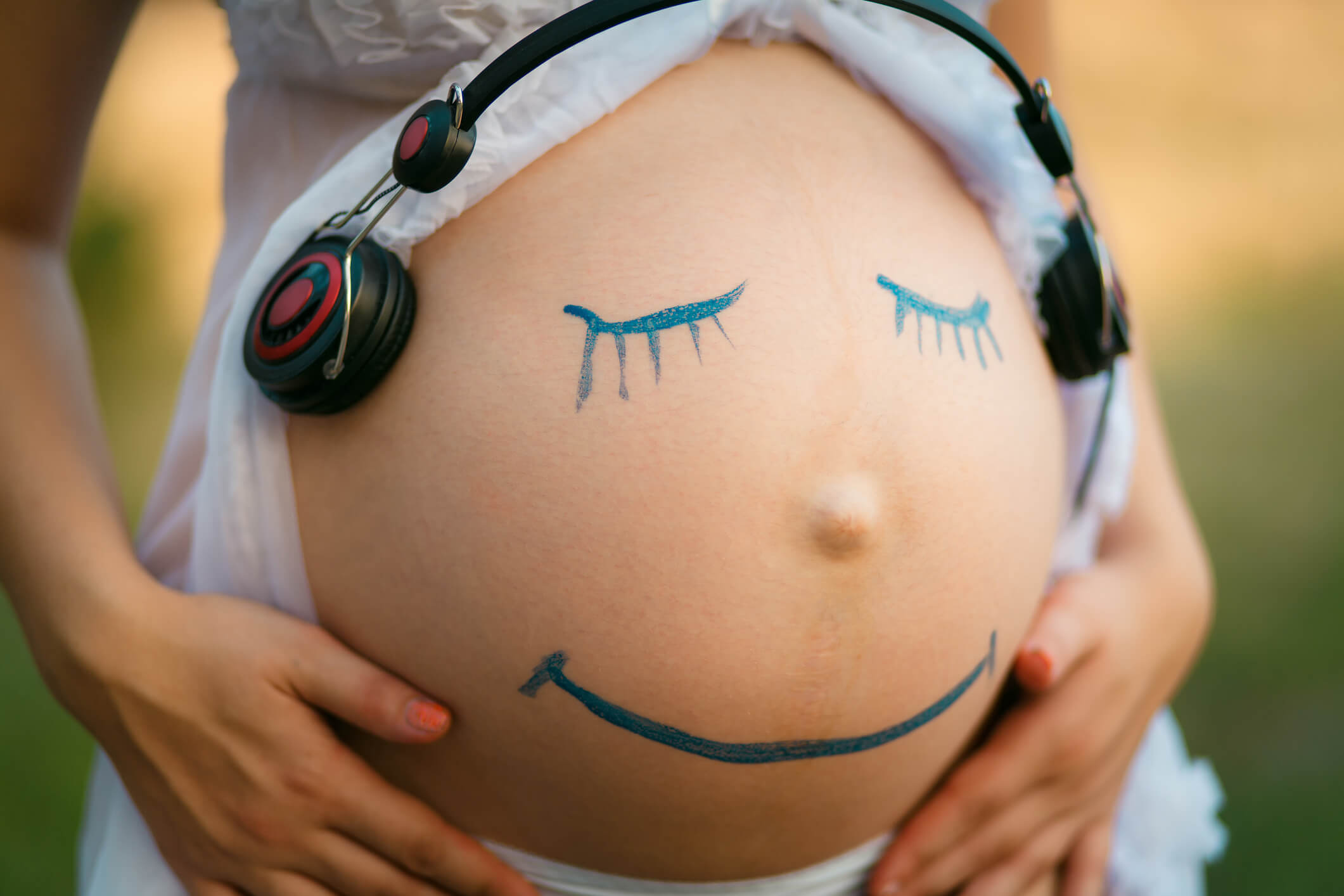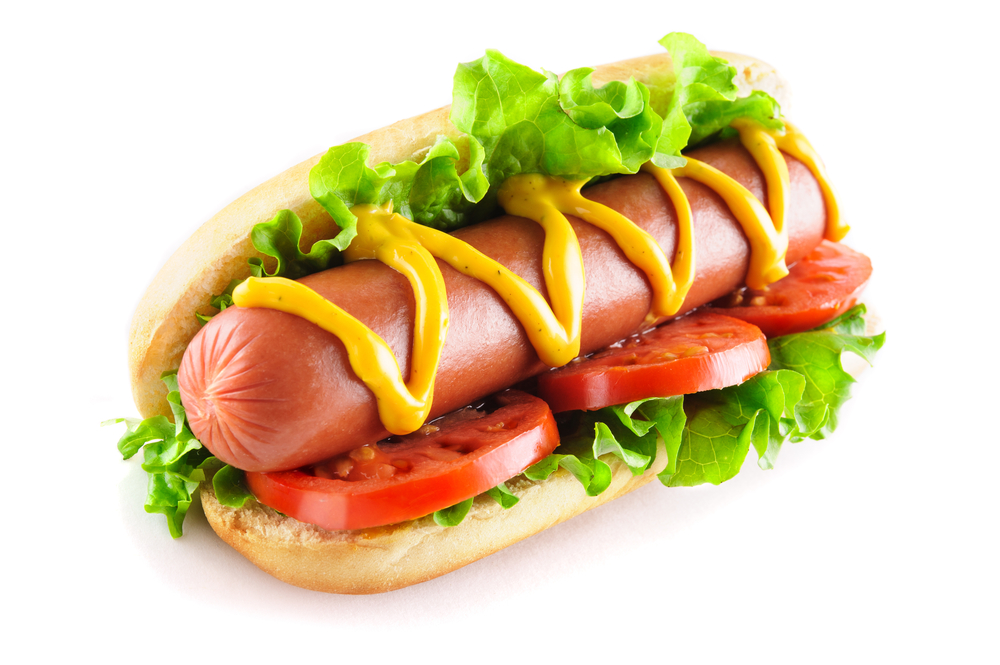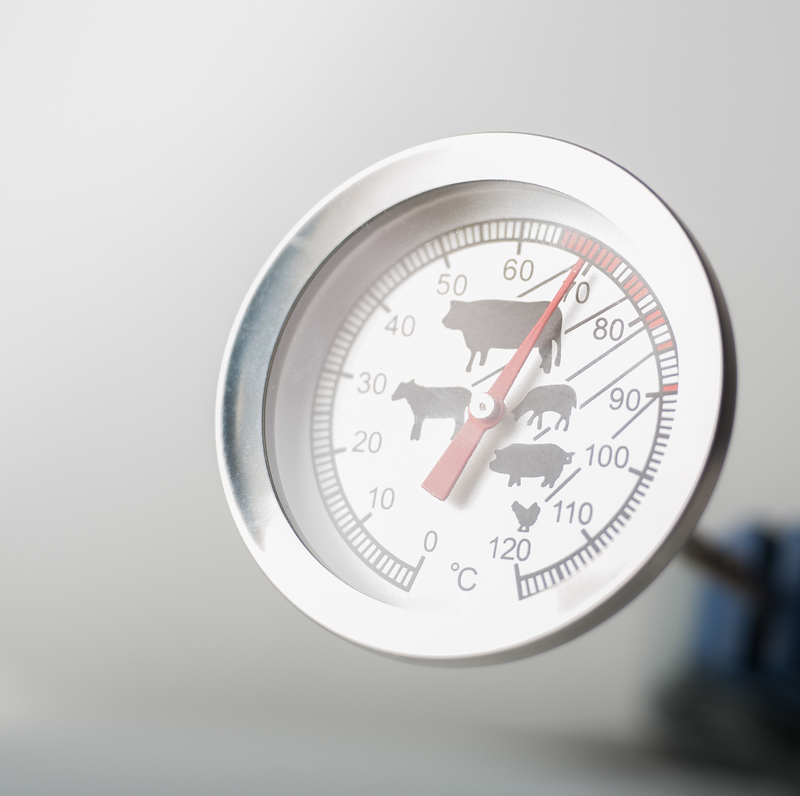- Car seats help keep your child safe in a motor vehicle.
- In Manitoba, all child passengers must ride in a child car seat or booster seat until they are at least:
- 145 centimetres (four feet nine inches) tall, OR
- 36 kilograms (80 pounds) in weight OR
- nine years of age
- Infants must ride in a car seat that is designed to face the back of the vehicle.
- A rear-facing car seat supports and protects the young child’s developing head, neck and back. It is safest to keep your child rear-facing as long as possible – up to ages two, three or even four.
Safety Tip
If you carry your baby into your home in the bucket car seat, take them out once you get inside. If your baby has fallen asleep, put them in their crib, cradle or bassinet to keep them safe while they sleep.
Which car seat should I choose?
There are three types of car seats that can be used for infants.
Infant car seats – These are useful for babies as the seat can come off the base and be used to carry your baby. This type of seat may be sold as part of a “travel system” where the seat can be used on a stroller. Some infant seats have weight limits up to 15.6 kilograms (35 pounds). When your child outgrows the height or weight limit of the infant car seat, you will need to buy a convertible or 3-in-1 car seat to keep them rear-facing longer.
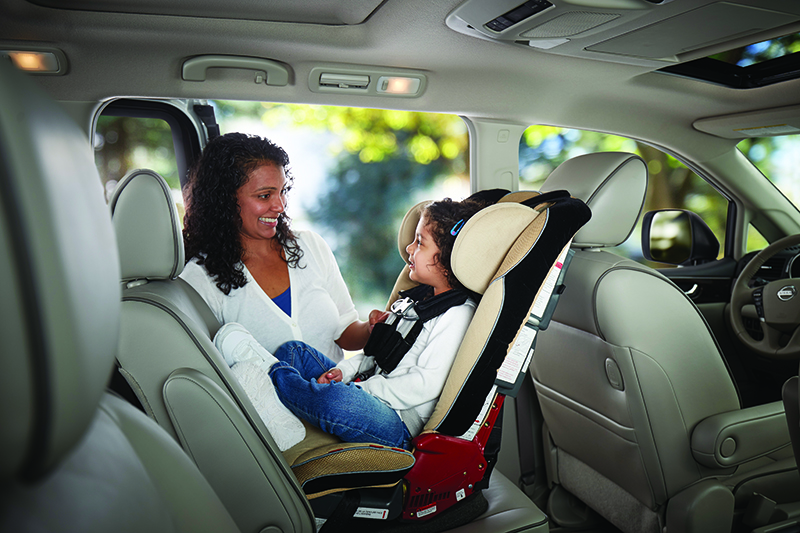
Convertible car seats – These are larger car seats that you install in your vehicle. Convertible car seats can be used rear-facing and then converted to be used forward-facing when your child outgrows the rear-facing limits.
Look for seats that have higher weight limits so the seat can be used as long as possible. Some seats have limits up to 22.7 kilograms (50 pounds) rear-facing and 29.5 kilograms (65 pounds) forward-facing.
3-in-1 car seats – These are similar to convertible car seats, but they can also be used as a booster seat. Some have an upper booster seat weight limit of 54.4 kilograms (120 pounds).
Important Tips
- Check the expiry date on the car seat.
- Car seat accessories (including head positioners, harness covers and seat protectors) that are sold separately from the car seat are not recommended, because they can affect how well the car seat protects your child in a cash.
- Check Transport Canada’s Recall Database to make sure your seat is safe to use.
- Look for Transport Canada’s National Safety Mark on the car seat. Car seats sold in the United States will not have this seal and are not approved for use in Canada.
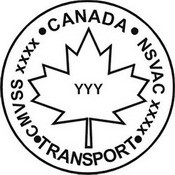
Are second-hand (used) car seats safe
They can be. Avoid a used car seat that:
- has been in a crash or you do not know if it has been in a crash
- is past the expiry date
- has missing parts
- has visible damage or cracks
- has straps that are worn or frayed
The Child Passenger Association of Canada has a Used Seat Checklist to help you assess if a car seat is okay to use.
How do I install my car seat?
- All children under 13 years of age should ride in the back seat of the vehicle.
- The safest place in the vehicle to install the car seat is in the middle of your back seat.
- Follow the owner’s manuals for your vehicle and car seat for proper installation of your specific car seat. Some manufacturers have videos online to help you.
- You can use the Universal Anchorage System (UAS) in your car or the seatbelt to install the car seat — do not use both. Use the UAS if you can.
- Check your car owner’s manual to see if UAS can be used to install the car seat in the centre position.
- UAS have a weight limit which includes your child’s weight and the weight of the car seat. Once your child reaches 18 kilograms (40 pounds), check your vehicle’s and your car seat’s instructions for the maximum weight allowed for the UAS.
- Rear-facing car seats should be reclined. The car seat instructions will have information on how much the seat should be reclined.
- When using an infant bucket seat, read the instructions about the correct handle position in the car.
- To find a certified car seat technician or a car seat clinic, visit Child Passenger Safety Association of Canada.
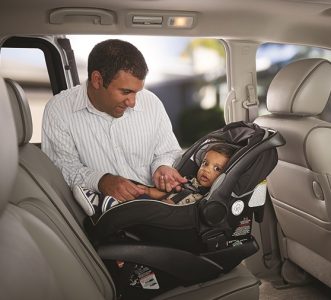
How do I know if the straps are done up safely?
- Follow the manufacturer’s instructions for how you secure your baby into the car seat.
- You should only be able to fit one finger between your baby’s collarbone and the harness straps.
- The chest clip should be at armpit level.
- You will need to adjust the straps as your baby grows.
- In the winter, you can dress your baby in a snowsuit.
- Choose snowsuits or jackets that are lighter, not puffy and are not made from slippery material. Bulky coats and snowsuits may not allow the car seat harness to be tightened.
- Make sure when you are tightening the harness straps that you squeeze the snowsuit so that you can only fit one finger between the snowsuit and the straps.
- Bring a blanket for the car to place over your child for extra warmth.
How will I know if my child is ready for a forward-facing car seat?
It is recommended you keep your child rear-facing as long as possible until they have outgrown the height or weight limit of the car seat. Your child might be two years of age or older.
In a crash, a rear-facing car seat provides the best protection for a baby’s developing head, neck and spine.
As your child grows, it may look like there is not enough room for their legs. However, they will straddle the seat, cross their legs, or find other ways of being comfortable rear-facing. Only move your child to a forward-facing seat once they have outgrown the height or weight limit of the convertible car seat.

